Global Aquaculture Innovation Award finalist: The Government of Odisha and WorldFish
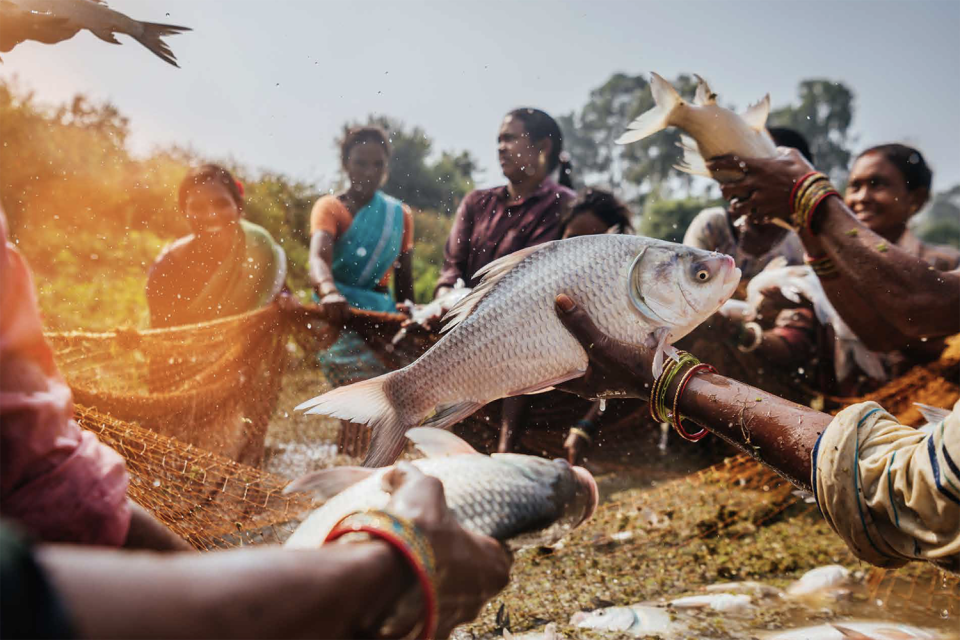
High in population, poverty and food insecurity, the state of Odisha on India’s eastern coast is nevertheless high in one important resource: Gram Panchayat tanks. Named for the governance bodies (Gram Panchayats) that own them, 62,000 of these water storage ponds were dug over the last 25 years and punctuate Odisha’s villages.
Each tank holds an average of five feet of harvested rainwater meant to provide small-farm irrigation water for livestock, drinking and bathing as well as for religious rites. Up until 2018, many of them lay unused or underutilized, collecting trash and becoming overgrown with weeds. That’s when the government of Odisha, along with anti-hunger nonprofit organization WorldFish, hatched a plan to lease out the tanks to women’s self-help groups (SHGs) in order to boost food access and income by raising carp inside of them.
Four years later, 10,000 SHGs made up of a total of about 100,000 women are using GP tanks to participate in aquaculture across the state. For this effort, the Odisha Government and WorldFish were named as one of three finalists for the Global Seafood Alliance’s annual Global Aquaculture Innovation Award, as determined by GSA’s Standards Oversight Committee and sponsored by the U.S. Soybean Export Council. The winner will be determined at GSA’s GOAL conference in Seattle next month.
‘The government wants women to do business’
In order to begin raising fish to bring to market, women in SHGs – there were 1,800 groups to start – receive training in aquaculture, planning and marketing and bookkeeping from fisheries extension officers, as well as startup grants of INR 90,000 (about $1,200) from the government of Odisha. The government also offers the groups low-cost leases of the tanks for a period of three to five years; leases are renewable but since there’s only one tank per village and often more than one SHG with potential interest in aquaculture, lease renewals are auctioned off. SHG women then clean the GP tanks of overgrowth and predatory fish species and lime them to enhance beneficial plankton growth, before getting down to the business of aquaculture.
Arun Padiyar, WorldFish’s India lead, who lent technical expertise to the project, explained to the Advocate how the systems work: “We have designed a short-period farming system by stocking large-sized fingerlings…of 50 to 100 grams, which grow to market size of 800 to 1,000 grams in six months.”
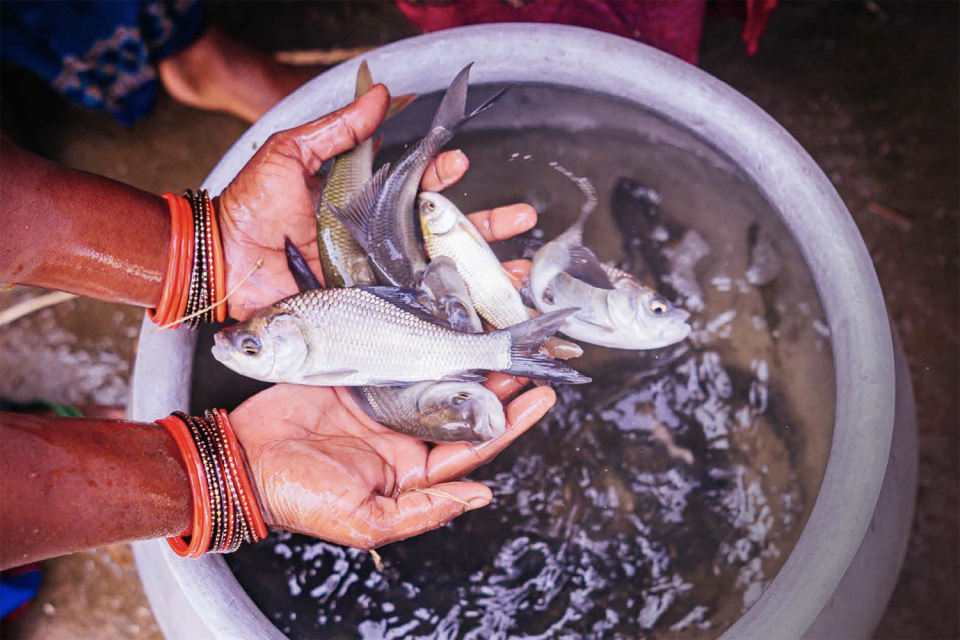
Those fingerlings are raised in local nurseries – also in repurposed GP tanks – and delivered by truck to villages; between 2,700 and 3,000 fingerlings per hectare is considered ideal.
“We stock during monsoon months [of] July through September. By late March-early April, the crop [with a target rate of 2.5 tons per hectare] is completely harvested,” Padiyar said.
Although the plan is to eventually raise and harvest two crops per year, with double the output, instead of the current one. This will help to increase monthly cash flow in addition to overall revenues; currently, the average profit, shared equitably among the 10 women in each SHG, is INR 154,000 per year (approximately $2,000).
“The government wants women to do business, earn well and socio-economically progress,” said Padiyar. This income is enough to clothe their kids and pay their school fees, purchase food and other household products and appliances and pay medical bills and utilities.
What fish are raised is determined by market demand, which is currently strong for several carp species, known locally as Catla, Rohu, Mrigal, Amur and Mola. Locally sourced farm byproducts such as rice bran might be used to make feed for these fish if commercial pellets aren’t available. The women test water quality weekly; cast net sampling, to monitor fish growth and health, is done once a month.
“SHGs under the scheme are practicing a modified intensive farming system,” said Padiyar. “The system doesn’t use much inorganic fertilizers and treatment chemicals; [there is] absolutely no use of banned substances such as antibiotics and pesticides. [Plus] women are very clever. They know better than men how to protect their environment and people.”
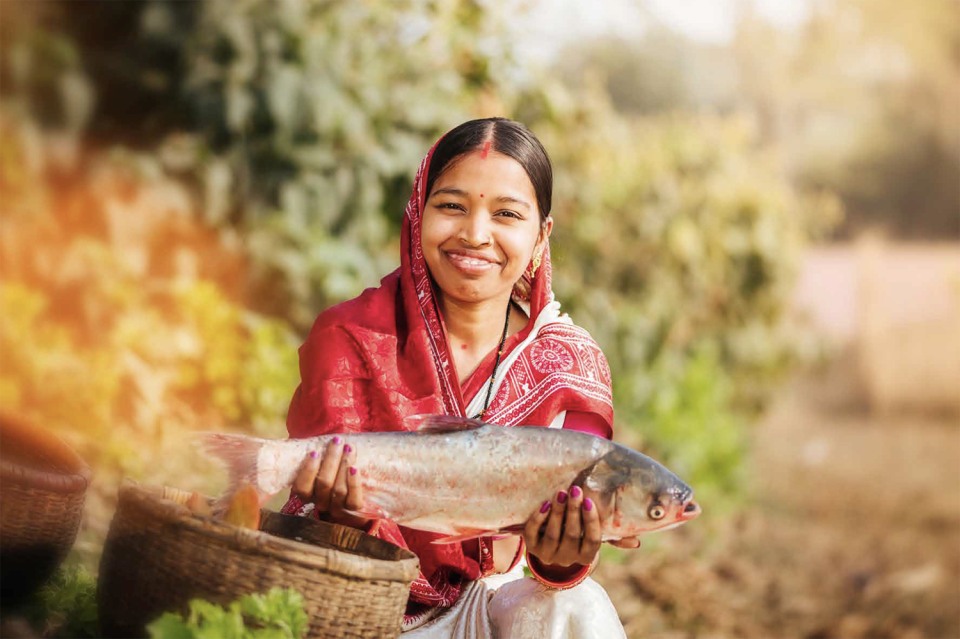
The future (of India’s fish farming) is female
The number of tanks currently being used for fish farming in Odisha’s 30 districts is unknown, but the government plans to convert all 62,000 tanks to this purpose within the next five years, according to Padiyar. WorldFish is also planning to encourage SHGs to plant additional cash crops on tank embankments, including vegetables like okra and eggplant, tubers such as sweet potatoes, and flowers like marigold and hibiscus.
Fish farming, traditionally a male-centric enterprise in India, “has brought tremendous confidence, courage and self-respect” to Odisha’s women, says Padiyar, as well as greater earning potential and status in their home villages. It’s been so successful that other Indian states are seeking to replicate the program and what Padiyar calls its “seismic” impacts on society broadly and on women in particular.
GP tank aquaculture “has brought a new paradigm in achieving gender equity and social justice, economic development, nutrition-sensitivity … and security to vulnerable people in remote villages,” Padiyar said, with so much more potential for growth and benefit yet to come.
Editor’s note: This article was updated to correct the dollar value for each of the government startup grants, from INR 15,000 (about $190) to INR 90,000 (about $1,200).
Follow the Advocate on Twitter @GSA_Advocate
Now that you've reached the end of the article ...
… please consider supporting GSA’s mission to advance responsible seafood practices through education, advocacy and third-party assurances. The Advocate aims to document the evolution of responsible seafood practices and share the expansive knowledge of our vast network of contributors.
By becoming a Global Seafood Alliance member, you’re ensuring that all of the pre-competitive work we do through member benefits, resources and events can continue. Individual membership costs just $50 a year.
Not a GSA member? Join us.
Author
-

Lela Nargi
Lela Nargi is a Brooklyn, N.Y.-based veteran freelance journalist covering the food system, social justice issues, science/environment, and the places where those topics intersect for The Guardian, Civil Eats, City Monitor, JSTOR Daily, Sierra, Hakai, and Ensia, among other outlets; she’s currently contributing writer for The Counter. You can find her at lelanargi.com and on Twitter @LelaNargi.
Related Posts
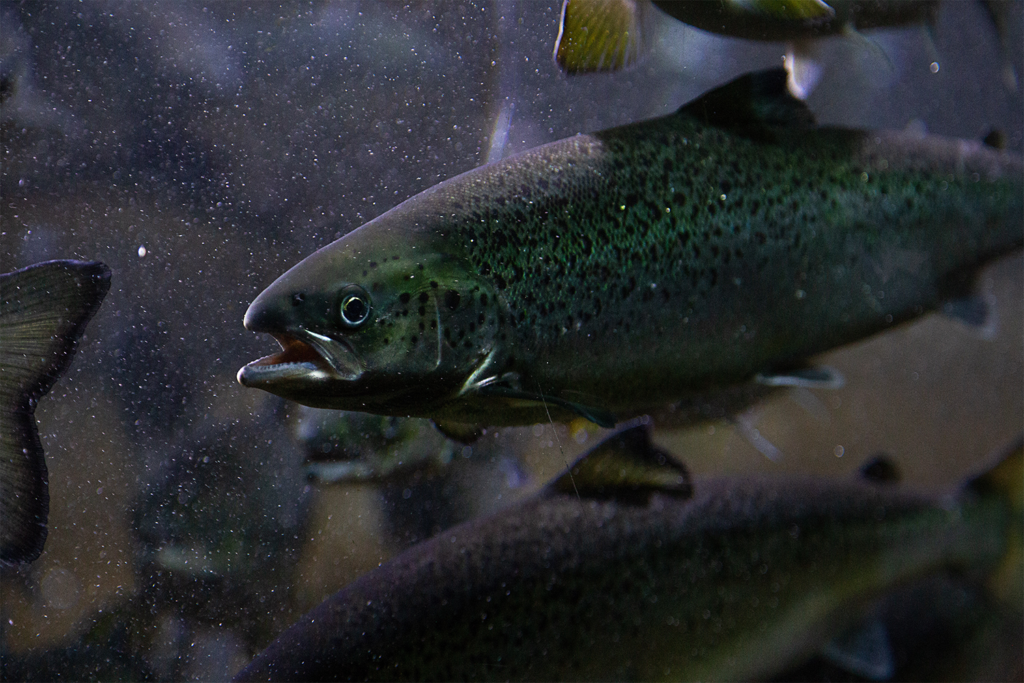
Innovation & Investment
A salmon farm in Dubai, because of course
Last year Dubai-based Fish Farm LLC sold the first batch of salmon to be born and bred in the United Arab Emirates. More are certainly coming.
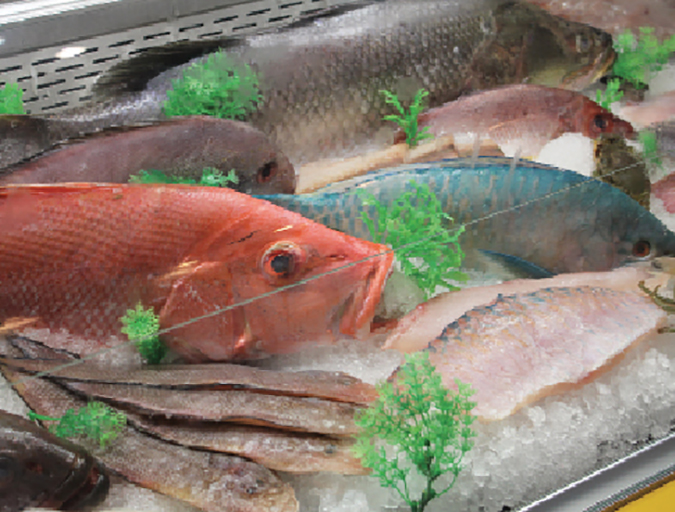
Intelligence
Food is abundant, yet people are starving
While significant numbers of people are undernourished, an increasing number of people are overweight. The divide between recommendations and results is marked, so we must learn more about food production and change our behaviors.
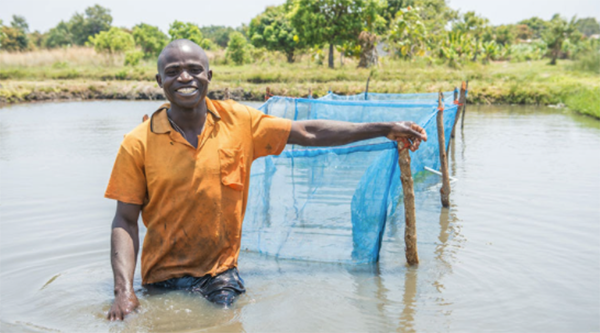
Responsibility
‘Aquaculture could feed the world,’ concludes International Labour Organization
An International Labour Organization technical meeting affirmed that aquaculture has enormous potential to feed the world, but there are challenges to harnessing its full power.
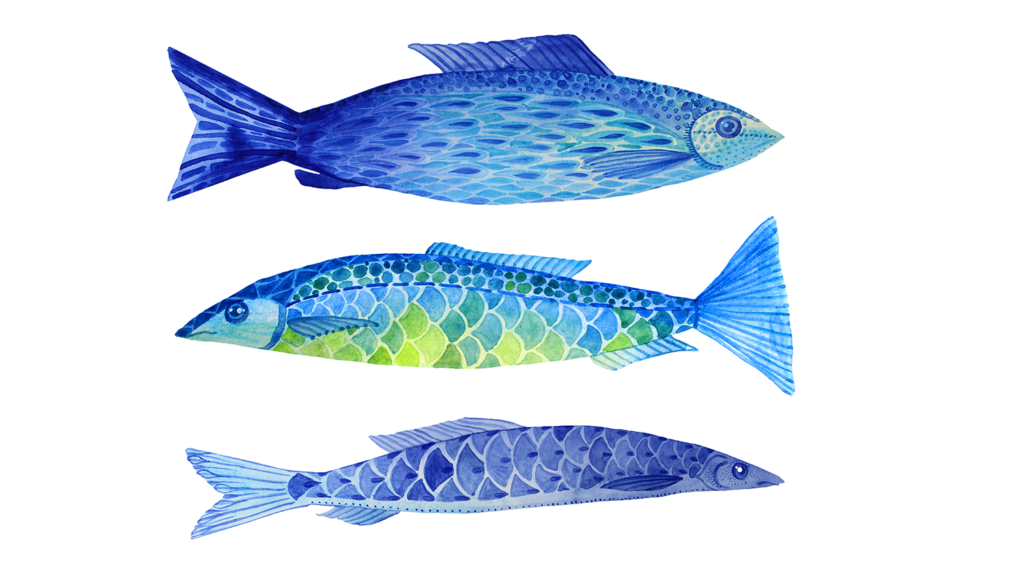
Responsibility
A wider view: It’s blue food’s time
There is urgency to conversations about the role of blue food in mitigating climate change, increasing momentum toward some specific goals.


